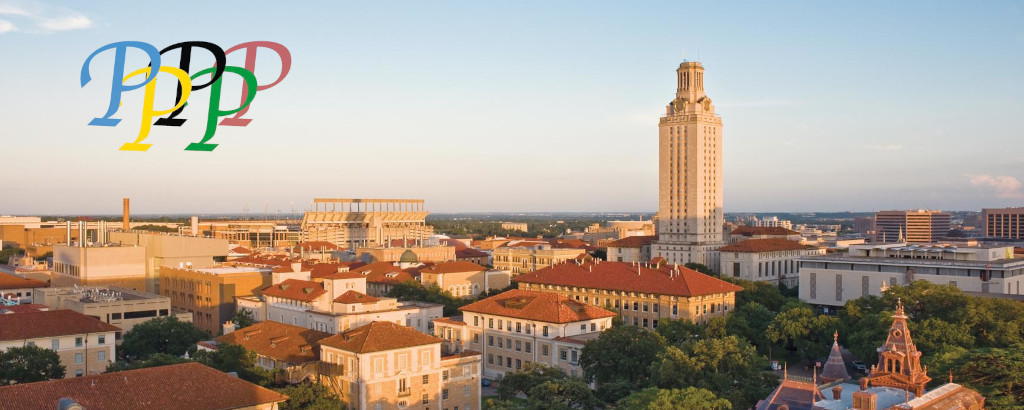Speaker
Description
The US program affords opportunities for student participation in many aspects of physics analysis, hardware and computing. The development of detailed detector simulations is an indispensable component for all of these efforts. Support of efforts like Geant4 development enables high energy physics and fields using related detector technologies to optimize scientific reach, perform cost vs performance analyses, and evaluate the significance of experimental measurements. Future detectors for FCC-ee will require new approaches to maximize the impact of measurements in the electroweak sector. Among the four complimentary detectors planned, the IDEA dual-readout calorimeter will seek to achieve unprecedented precision in jet measurements. Improvements in optical simulation and modeling of hadronic interactions directly benefit its design and physics performance studies. The refinement of Geant4 to improve the modeling of physics processes, to improve code efficiency and utilization of high performance computing hardware such as GPU clusters benefits high energy physics and related communities. Universities can partner with national labs and supercomputing computing facilities to address both the physics models and technical aspects of improving and accelerating the performance of the code base. One such project, Celeritas, aims to rework and accelerate the entire approach to computational simulations and analyses in high energy physics. This is a unique training ground for young physicists where the US should maintain expertise and a leadership role in future developments.
